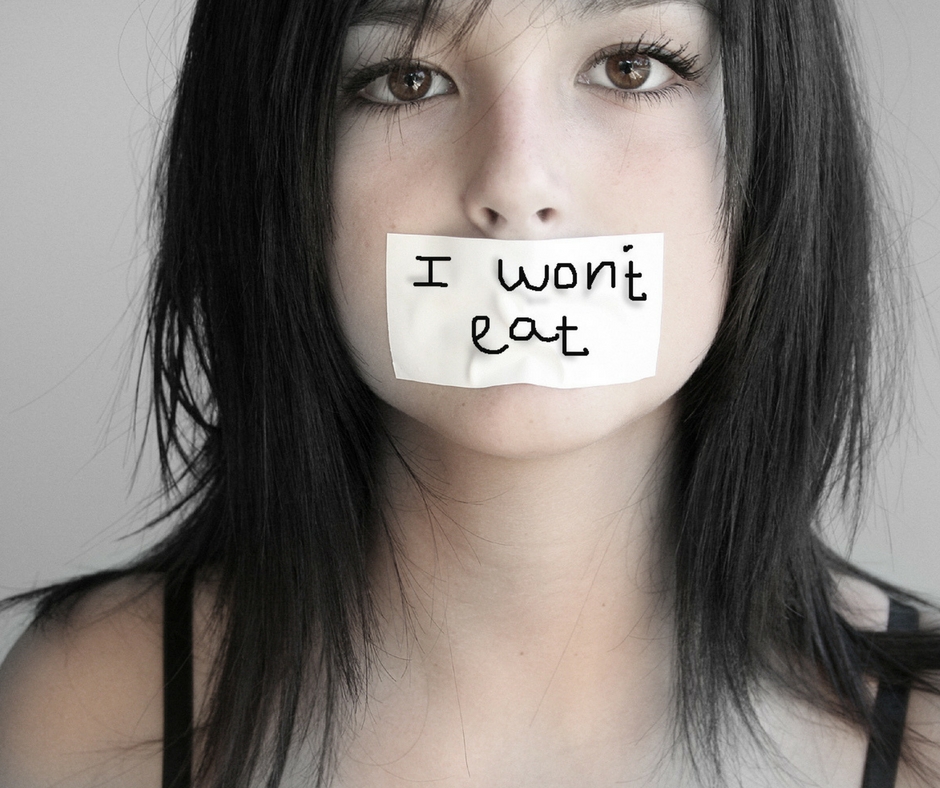10 Different Eating Disorders, How to Spot Them and Why They're So Dangerous
Eating disorders have the highest mortality rate out of any mental health disorder. Even more than extreme depression. A common misconception about eating disorders is that they only affect women, but the reality is that 15% of people with diagnosed eating disorders are men. This doesn’t seem like a large amount but it’s ascertained that many men don’t come forward because of stigmas. Only 1 in 10 people with an eating disorder seek treatment so whether you’re a worried parent, a concerned friend or have suspicions about your own behavior, these are the different eating disorders and the signs to watch out for.
Anorexia Nervosa

Skipping meals or extreme dieting is extremely hazardous and although dieting can be unhealthy, anorexia can kill you. Unhealthy body standards in our society create a hazardous environment for women and especially teens. One in two hundred women in America has anorexia, with most scientists and sociologists making a connection between anorexia and the pressure from society to lose weight. Anorexia Nervosa is an extreme lack of food and therefore nutrition and fuel to run the basic functions in the body.
If the person in question is below the range of underweight for their height then they are at a major risk. For women, anorexia can cause a complete discontinuation of menstrual periods and increases the risk of heart attack and disease. If a person is skipping meals or making excuses in order to not eat, they may be purposefully restricting themselves to an unhealthy caloric intake.
Bulimia Nervosa

Binging and purging is harder to spot than anorexia or binge eating but it is still hazardous none the less. Bulimia is hard to spot because many people maintain a ‘healthy’ weight but bulimia is still destructive and can lead to a more obvious eating disorder like anorexia or binge eating. Bulimia involves the use of laxatives or induced vomiting in order to purge the food that has just been eaten.
Because of the repetitive manner of purging, bulimia creates a huge strain on the digestive system. Oesophageal inflammations, destruction of tooth enamel and electrolyte imbalances are all part of the negative effects of bulimia. The most dangerous and worst case scenarios of bulimia can lead to stroke or heart attack caused by nutritional imbalances.
